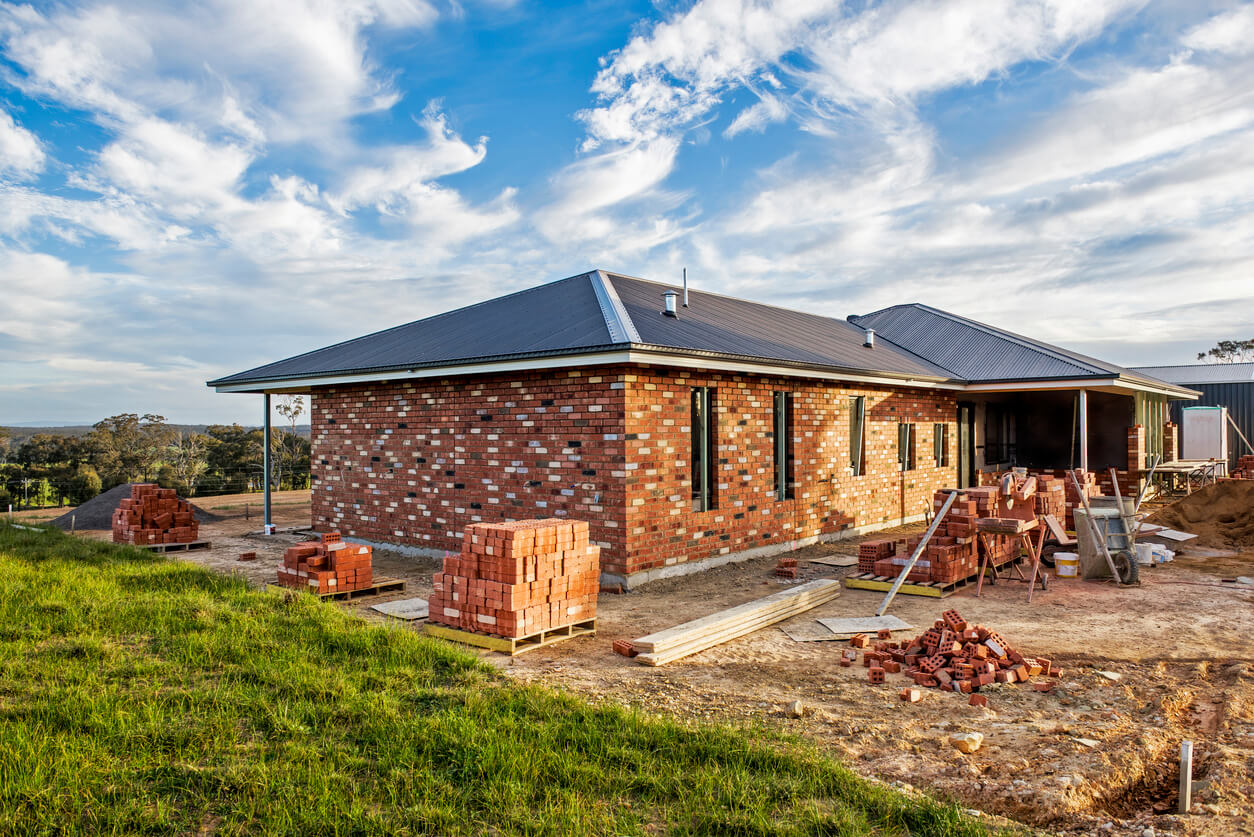Everything You Need to Know About Building and Renovation Tax Deductions
A tax deduction is something you have paid for yourself, which you list on your tax return and subtract from your taxable income to lower the amount of taxes you owe. These deductions typically relate to how you earn an income; however, there are certain building and renovation expenses you can claim for.
Many homeowners and property investors miss the opportunity to fully claim their tax deductions, leaving them with hundreds of thousands of dollars unclaimed in some instances. To help you out, we’ve explained everything you need to know about building and renovation tax deductions.
Important Building and Renovation Tax Deduction Terms
Australian tax can get complicated, but you’re off to a good start if you know the basics. Repair, maintenance, and improvements may sound similar, but in the eyes of the Australian Tax Office, they are very different. In terms of taxes and deductions, each has a specific meaning that not only affects what expenses can be claimed as deductions, but also when these deductions can be claimed.
Repairs are when the damage or deterioration of a property is fixed. You may repair a damaged fence or replace a broken window. Once the property is bought, initial repairs for existing damage are not immediately deductible. Once the property is sold, these costs are deducted to calculate the capital gains or capital loss.
Maintenance is work done to prevent damage or deterioration of an asset. Oiling a deck, for example, preserves the property and prevents the need for extensive repairs in the future. These are costs which are usually claimed as immediate deductions.
Capital improvements are made when the value or condition of the property is improved beyond its original state when it was purchased. This is better known as a capital works deduction or plant and equipment depreciation.
Capital works refer to the improvement of the permanent structure. Items such as bricks, mortar, sinks, and basins fall into this category. You can claim capital works deductions each year on homes built after 15th of September 1987.
Plant and equipment assets are easily removed. These are items such as light fittings, carpets, and blinds. Properties bought after the 9th of May 2017 cannot claim deductions for used plant and equipment deterioration in second-hand residential properties. Even newly installed fixtures will be deemed used if the investor lives in the property during the course of the renovation.
Investors can claim depreciation of new plant or equipment as well as old qualifying capital works deductions available on properties which a previous owner has extensively renovated.
Capital Gains, Capital Losses, and Tax Deductions
Capital gains tax is the tax you pay on the profit made from selling a property at the end of the tax year in which the property was sold. If you make a loss, this is known as a capital loss which will be deducted from your tax bill. Capital gains and losses only apply when selling an asset, while the money used to make improvements and carry out maintenance is deductible at the end of each tax year.
The profitability analysis feature in Archistar allows you to endlessly edit your property design and analyse how each design would affect your ROI. And now that you know the difference between repairs, maintenance, and capital improvements, this will mean also being able to account for allowed tax deductions.


